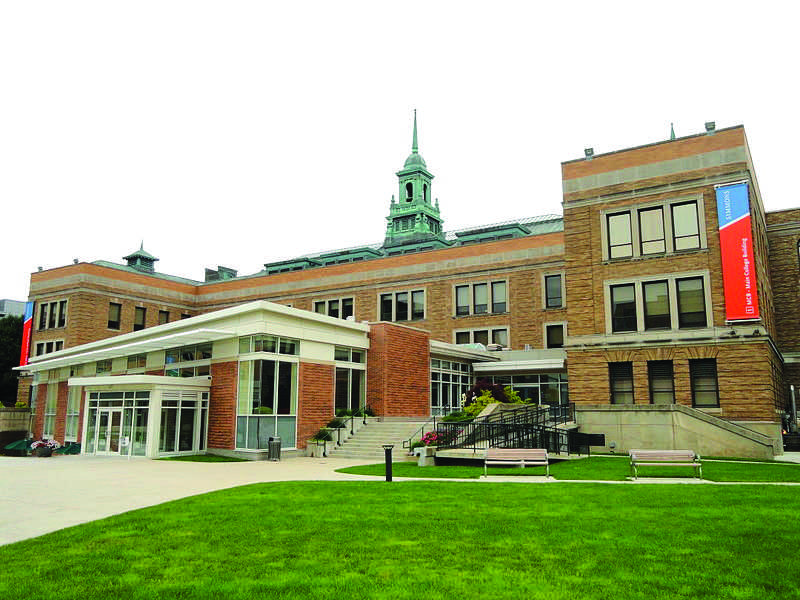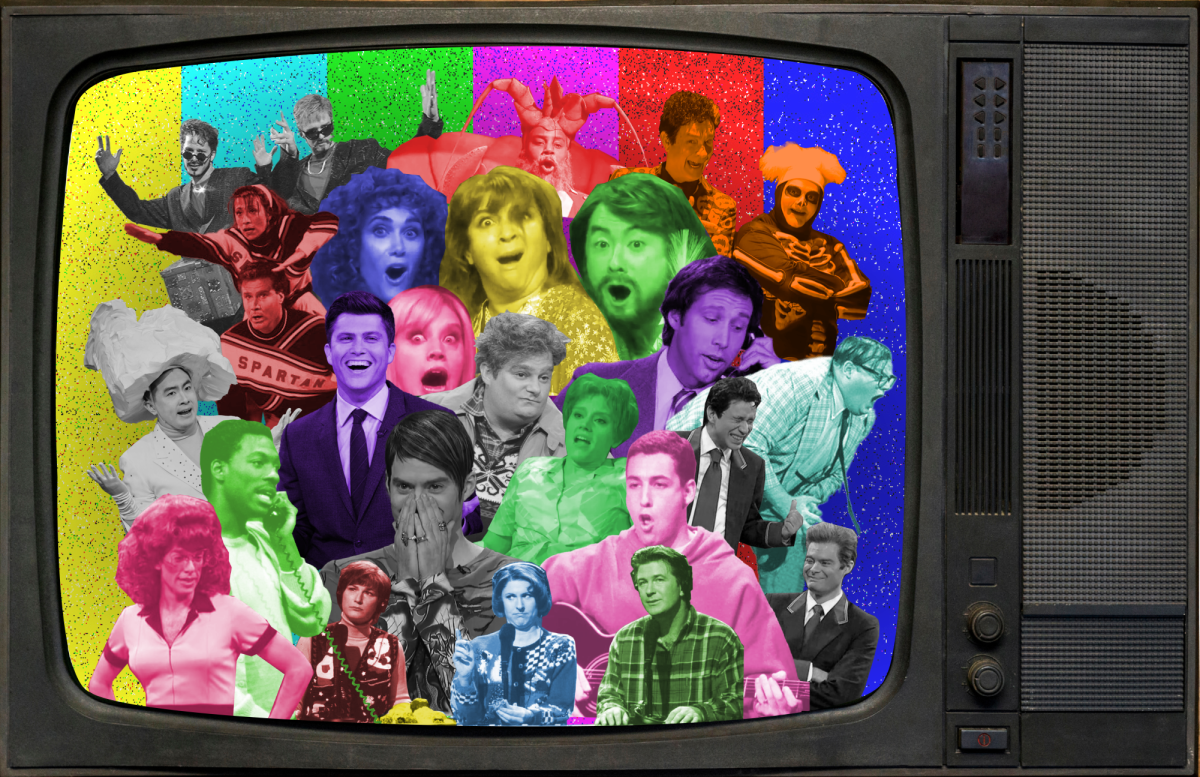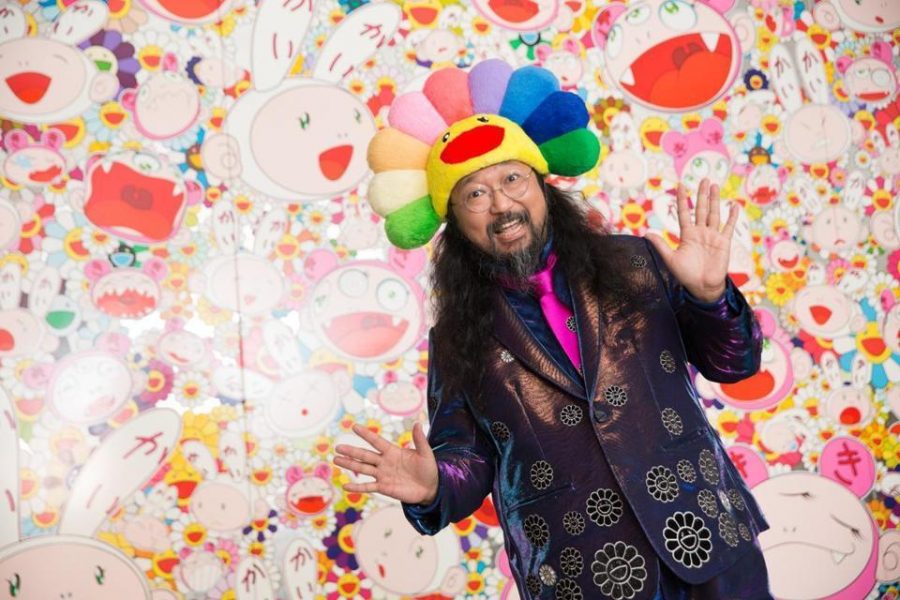By Ellen Garnett
Staff Writer

Unbalanced passion, fits of hysteria and sparks of cinematic genius, three elements that are perfectly intertwined in director Alejandro González Iñárritu’s movie “Birdman” (2014). Commonly referred to by its subtitle, “The Unexpected Virtue of Ignorance,” “Birdman” is an artistic tale of perseverance in the face of adversity.
As a washed-up actor who once played an iconic superhero, Riggan Thomson (Michael Keaton) struggles to make ends meet performing on Broadway while maintaining his relationship with his spunky daughter, Sam (Emma Stone).
The movie’s opening shot introduces our protagonist’s wacky character by showing Riggan from behind as a man seemingly levitating in his underwear in a grungy studio apartment. This shot slowly zooms in on Riggan, narrated by a deep mysterious voice, which we come to learn a part of Riggan’s conscience. The opening shot of “Birdman” illustrates the theme of appearance versus reality, which the movie reinforces throughout the rest of the film.
This theme is further brought to life through the movie’s strategic cinematography. “Birdman” contains very few cuts (we think it has about six, but the movie does not have any clear cuts). The movie appears seamless in its cuts, which really gives it a nice, cyclical flow. Its cinematography resembles someone’s stream of thought in its continuity, and in junction with its setting, also portrays the quick, stressful life of theatre.
The camera follows characters through narrow hallways and busy dressing rooms, which gives the audience a sense of anxiety about the theatre lifestyle.
Lighting is also employed to indicate the underlying identities behind the characters. Mike (Edward Norton), one of the main actors that works with Riggan, is only able to be his true self while he is on stage, when the spotlight is on him.
When he is offstage or out of the spotlight, Mike is a lesser version of himself, which contributes to the theme of appearance versus reality because the audience thinks he is pretending to be someone else when he is actually trying to express his true identity. Music further crafts this theme.
A reoccurring staccato drumbeat frequently follows Riggan wherever he goes, which conveys his messy mood. At first, we think that the drumbeat is diegetic sound (sound occurring in the character’s world) because we see a drummer outside of the theater. However, as the movie goes on, the distinction between what is actually in Riggan’s world and what is in his head is blurred.
These cinematic techniques engrave in the audience’s minds Riggan’s dedication to his profession as an actor. While some viewers may argue that the film tries to be too artsy in its cinematography, I argue that the film brilliantly laces scenes together to entice viewers’ attention for a longer period of time than if it were riddled with distracting cuts.
Viewers who enjoy the art of cinematography will appreciate this film for its ability to sew the audience into the plot through its limited cuts. If you decide to get up and go to the bathroom, you will miss a lot.
The fluidity of “Birdman” resembles movies of other directors such as Orson Welles with his movie “Touch of Evil” (1958) and Alfred Hitchcock’s film “Rope” (1948). This type of cinematography is more difficult to manage because it requires actors to be on top of their game and not make any mistakes. It is refreshing to see a director such as Alejandro González Iñárritu experimenting with this following-camera cinematography.
“Birdman” is a beautiful representation of one man’s endeavor to follow his passion while facing life as it rushes at him from all different angles. I highly recommend seeing this movie if you want to see a film that makes you think a little bit.


















